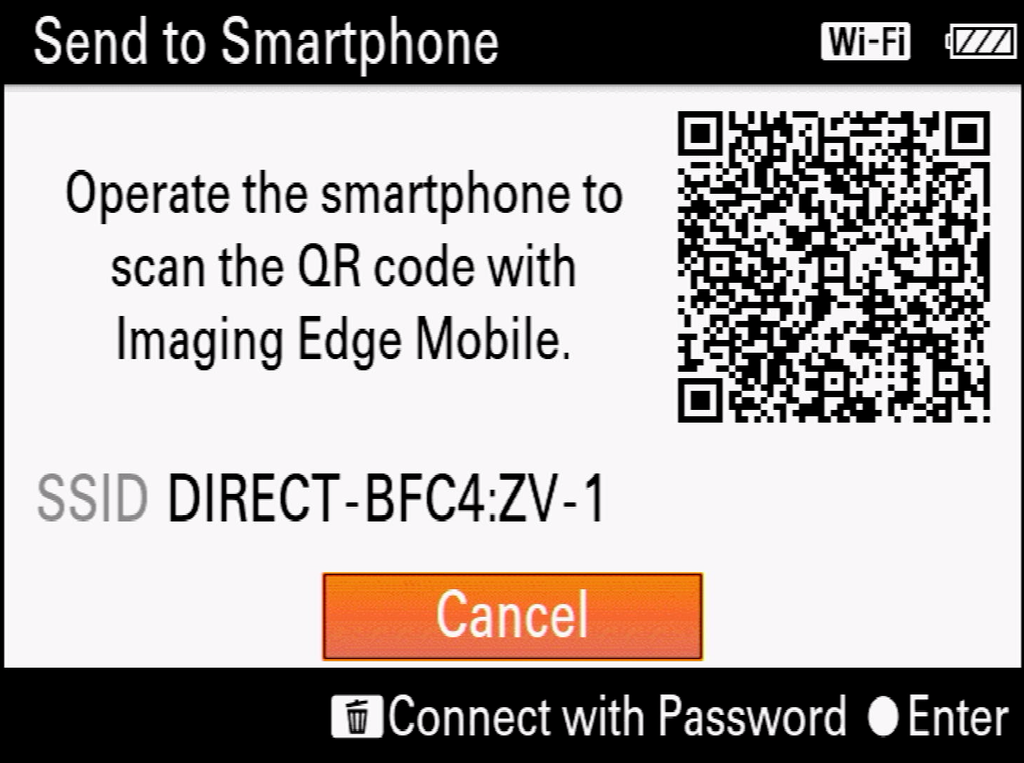


The few hybrid camera phones such as Samsung Galaxy S4 Zoom and K Zoom were equipped with real optical zoom lenses. Some of the more expensive camera phones have only a few of these technical disadvantages, but with bigger image sensors (a few are up to 1", such as the Panasonic Lumix DMC-CM1), their capabilities approach those of low-end point-and-shoot cameras.
#SONY CAMERA APP TO TRANSFER PHOTOS BLUETOOTH#
Most have Bluetooth and WiFi, and can make geotagged photographs. Optical zoom and tripod screws are rare and some also lack a USB connection or a removable memory card. Photoflash by the typical internal LED source illuminates less intensely over a much longer exposure time than a flash strobe, and none has a hot shoe for attaching an external flash. Lacking a physical shutter, some have a long shutter lag. The usual fixed-focus lenses and smaller sensors limit performance in poor lighting. Some use CMOS back-illuminated sensors, which use even less energy, at higher price than CMOS and CCD. Mobile phone cameras typically feature CMOS active-pixel image sensors (CMOS sensors) due to largely reduced power consumption compared to charge-coupled device (CCD) type cameras, which few camera phones use. Some phone cameras have a label that indicates the lens manufacturer, megapixel count, or features such as autofocus or zoom ability for emphasis, including the Samsung Omnia II (2009), Samsung Galaxy S II (2011), Sony Xperia Z1 (2013) and some successors, Nokia Lumia 1020 (2013), and the Samsung Galaxy S20 (2020). Common lens functions include an ultrawide sensor, a telephoto sensor, a macro sensor, and a depth sensor. Since the late 2010s, high-end smartphones typically have multiple lenses with different functions, to make more use of a device's limited physical space. Multiple lenses and multi-shot night modes are also familiar. Starting in the mid-2010s, some advanced camera phones feature optical image stabilisation (OIS), larger sensors, bright lenses, 4K video and even optical zoom, for which a few use a physical zoom lens.

However, the touch screen, being a general purpose control, lacks the agility of a separate camera's dedicated buttons and dial(s).
#SONY CAMERA APP TO TRANSFER PHOTOS MANUAL#
Also, modern smartphones can use their touch screens to direct their camera to focus on a particular object in the field of view, giving even an inexperienced user a degree of focus control exceeded only by seasoned photographers using manual focus. Smartphones that are camera phones may run mobile applications to add capabilities such as geotagging and image stitching. The principal advantages of camera phones are cost and compactness indeed for a user who carries a mobile phone anyway, the addition is negligible. Some camera phones are designed to resemble separate low-end digital compact cameras in appearance and to some degree in features and picture quality, and are branded as both mobile phones and cameras-an example being the 2013 Samsung Galaxy S4 Zoom. A few such as the 2009 Samsung i8000 Omnia II have a two-level shutter button as in dedicated digital cameras. Some also have a separate camera button, for quickness and convenience. Most modern smartphones only have a menu choice to start a camera application program and an on-screen button to activate the shutter. The concurrent improvement of smartphone camera technology, and its other multifunctional benefits, have led to it gradually replacing compact point-and-shoot cameras. In the smartphone era, the steady sales increase of camera phones caused point-and-shoot camera sales to peak about 2010 and decline thereafter. Most camera phones are smaller and simpler than the separate digital cameras. The first commercial phone with color camera was the Kyocera Visual Phone VP-210, released in Japan in May 1999. It can also send the resulting image wirelessly and conveniently. There is no need for a cable or removable card to connect to a desktop or laptop to transfer photos.Ī camera phone is a mobile phone which is able to capture photographs and often record video using one or more built-in digital cameras.

Camera phones allow instant, automatic photo sharing.


 0 kommentar(er)
0 kommentar(er)
